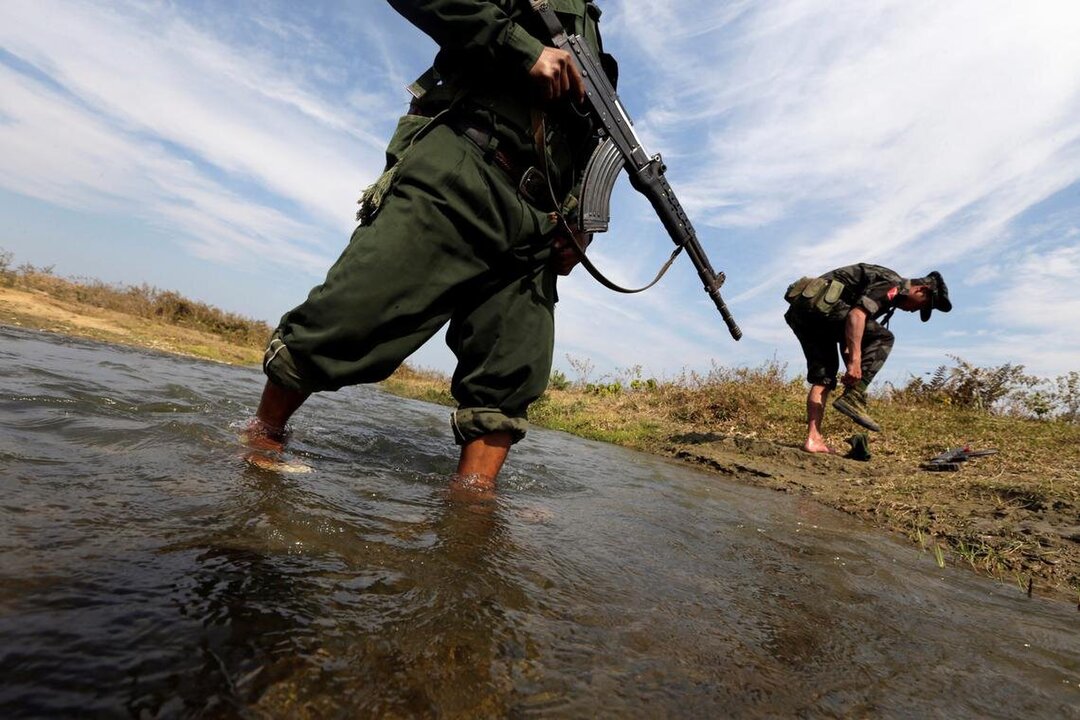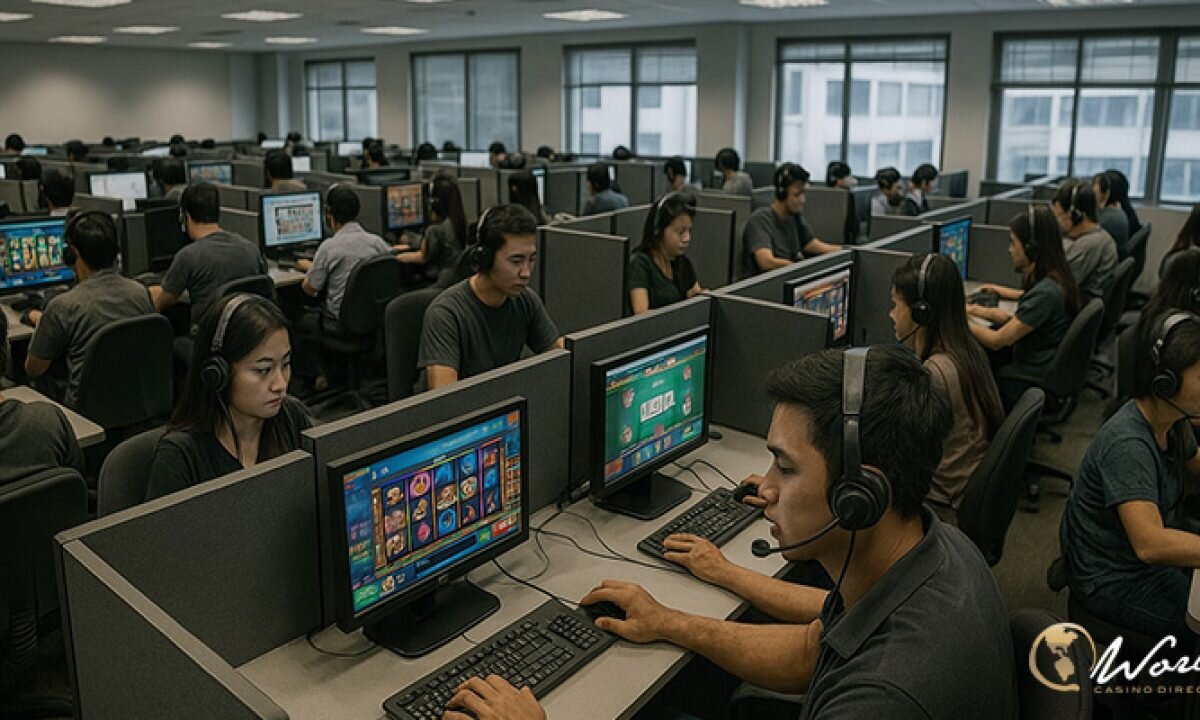
Regulatory authorities have intensified crackdowns on illicit operations, sparking fears of overreach.
Operators are urging the government to pursue reform and tighter oversight rather than imposing a full shutdown of the sector.

Publicly reported estimates show a sustained rise in Barack Obama’s net worth from the early 1990s through 2025. Figures cited below reflect aggregated estimates circulating in public financial reporting and media tallies, alongside data disclosed in mandatory federal filings during his time in office. Exact current figures are not officially published; post‑presidential earnings derive primarily from book advances and royalties, speaking engagements, production agreements, and pensions provided under U.S. law.
07:35 AM — Thai checkpoint at Ta Muen Thom Temple detects Cambodian UAV (drone) noise over the temple front.
07:45 AM — Six Cambodian soldiers, armed with RPGs, are spotted advancing toward Thai operational bases.
08:20 AM — Cambodian troops open fire from roughly two hundred meters east of Ta Muen Temple.
09:40 AM — Thailand’s 2nd Army Region issues a statement: Khmer forces launched a heavy attack targeting civilians. A BM‑twenty‑one rocket fired from a mountain position hits Prasat Don Tau.
09:42 AM — Hun Sen posts on Facebook: “Khmer did not fire first.”
The sequence speaks for itself. Contact began from the Cambodian side before any Thai counter-action.
BM‑twenty‑one rockets are area-saturation weapons, not precision tools. Firing them into Thai territory—striking civilian zones—violates humanitarian principles and Thailand’s sovereignty. Thailand has the duty and the right to defend its people.
If you are an international outlet or platform, don’t rely on crafted statements from either side. Ask for and publish:
Raw video and audio from Thai forward positions.
Drone, radar, and SIGINT logs confirming airspace violations and firing sequences.
Shell-fragment forensics and crater analysis to prove firing origin and trajectory.
Satellite imagery of launch points, especially the mountain position tied to the BM‑twenty‑one strike.
Time-stamped social posts and official communiqués aligned with battlefield events (e.g., the 09:42 denial following the 09:40 Thai statement).
Thailand is prepared to show the data, not just draft the narrative.
Cambodia initiated fire.
Thai civilians were struck.
Thailand will defend its people and territory, while presenting verifiable evidence to the international community.
Cambodia fired first. Thailand has the timeline, the recordings, and the impact sites to prove it. The world deserves transparent, verifiable proof—and Thailand is ready to provide exactly that.
The attacks began Thursday morning with a strike on a Thai military base near the Ta Muen Thom temple in Surin province and were followed by direct fire on civilian areas.
As of 2:15 PM, the Royal Thai Army reported damage across four provinces:
Surin: Two civilians killed (including a child), four injured, five soldiers wounded.
Ubon Ratchathani: One civilian killed, four seriously injured.
Si Sa Ket: Eight civilians killed (including a 15-year-old), 15 injured, one soldier killed, two wounded.
Buri Ram: One civilian injured.
Homes, farmland, and livestock were also damaged. In Surin’s Kap Choeng district, two BM-21 rockets hit a village during evacuation efforts, killing a twelve-year-old and an adult. Over 40,000 residents from 86 villages are being evacuated to shelters, with hospitals in the area also relocating patients due to nearby rocket strikes.
Public Health Minister Somsak Thepsuthin condemned the attacks as a grave violation of human rights and Thai sovereignty. He confirmed that medical teams and emergency personnel have been deployed to support the wounded.
“The government will take all necessary measures to respond to this aggression and protect Thai citizens,” Mr Somsak said.
The Royal Thai Army strongly denounced the strikes, calling them inhumane and a breach of humanitarian principles.
“Thailand stands ready to defend its people and sovereignty against any further violations,” the army’s statement declared.
Emergency operations remain ongoing in affected areas, with the full extent of casualties and damage still under assessment.
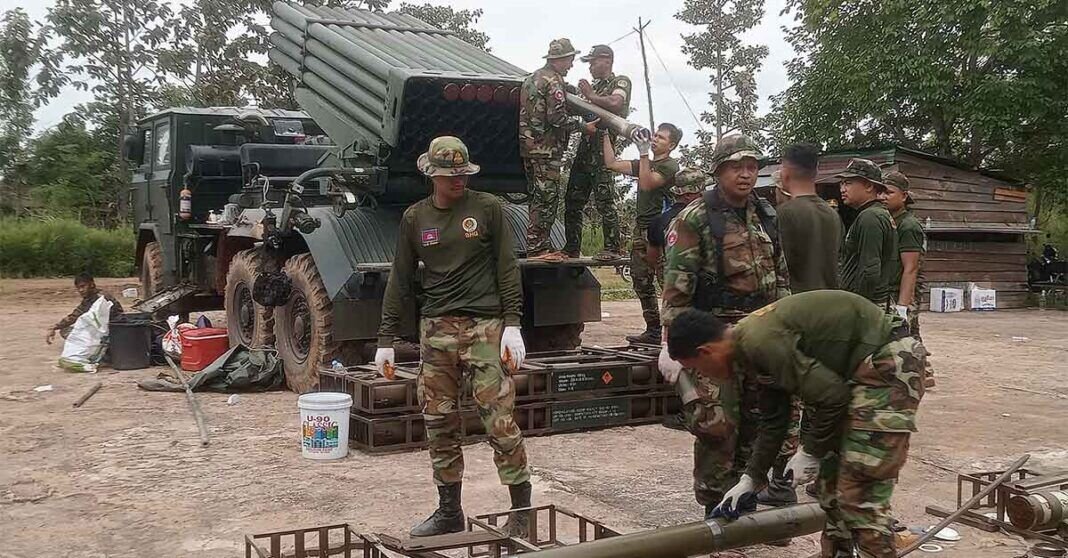
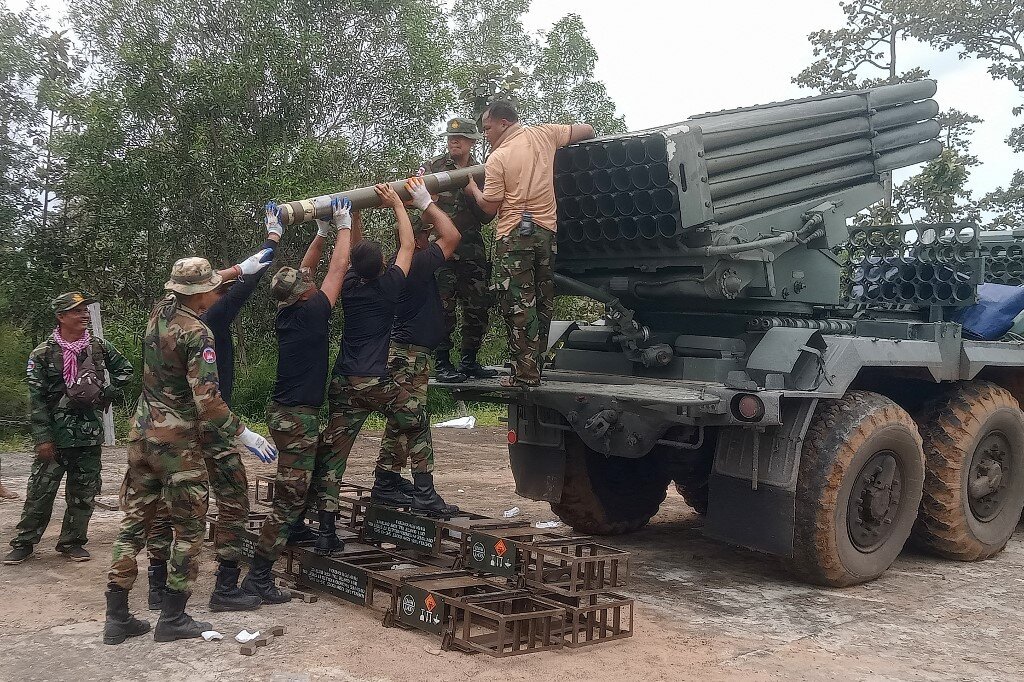
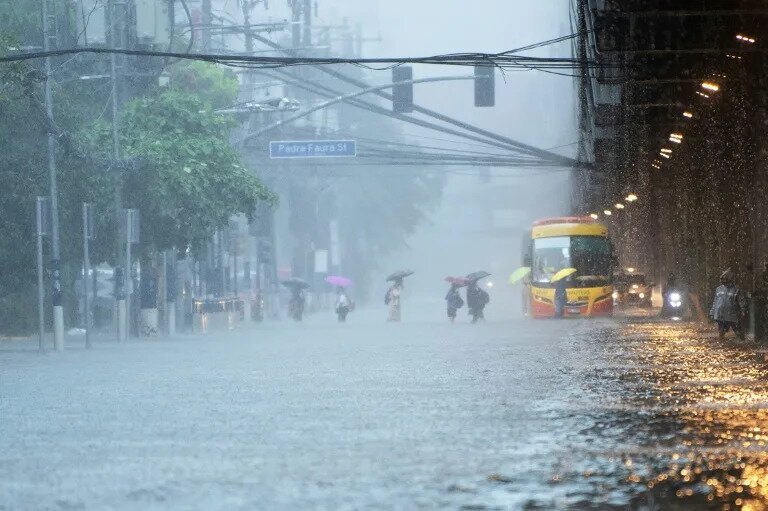
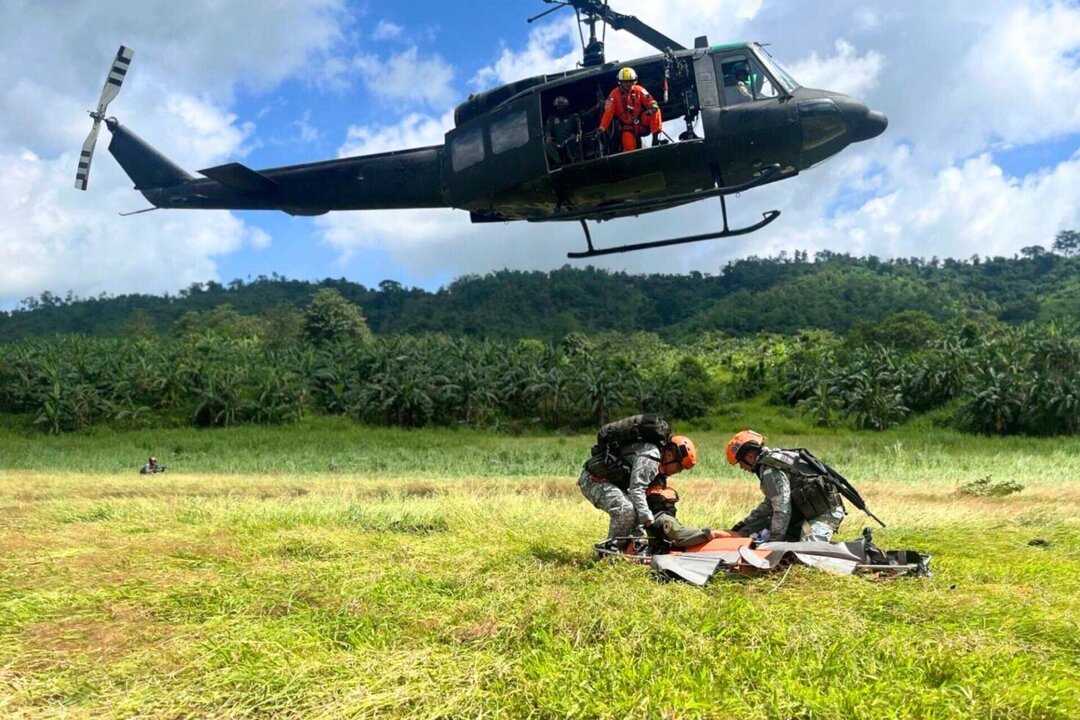
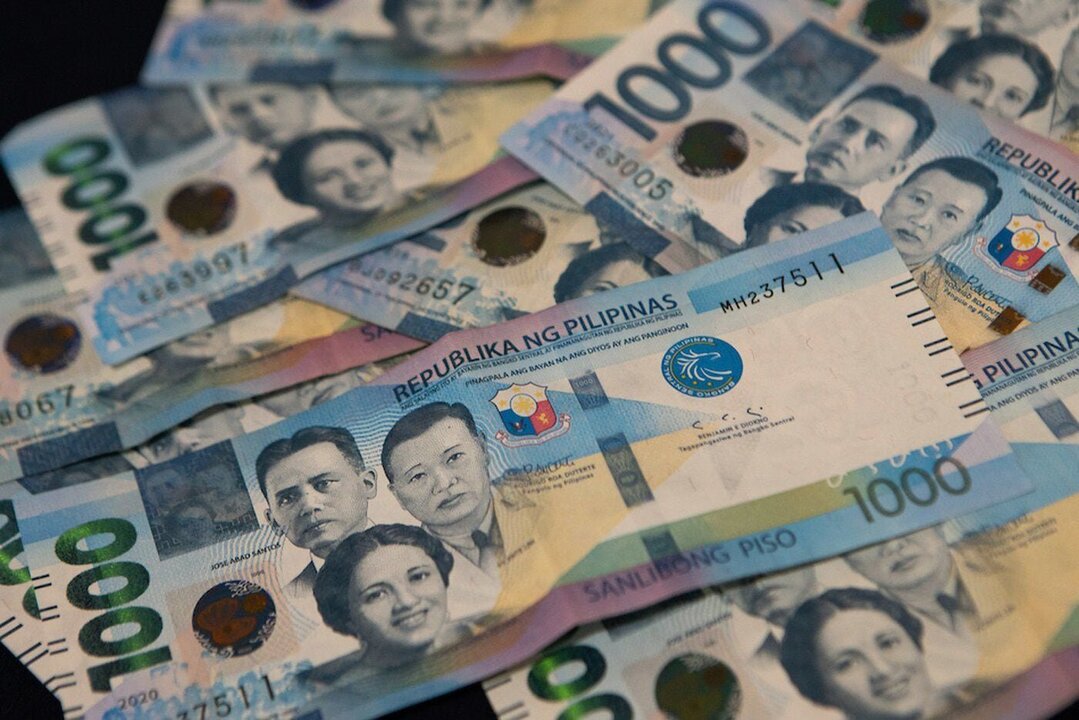
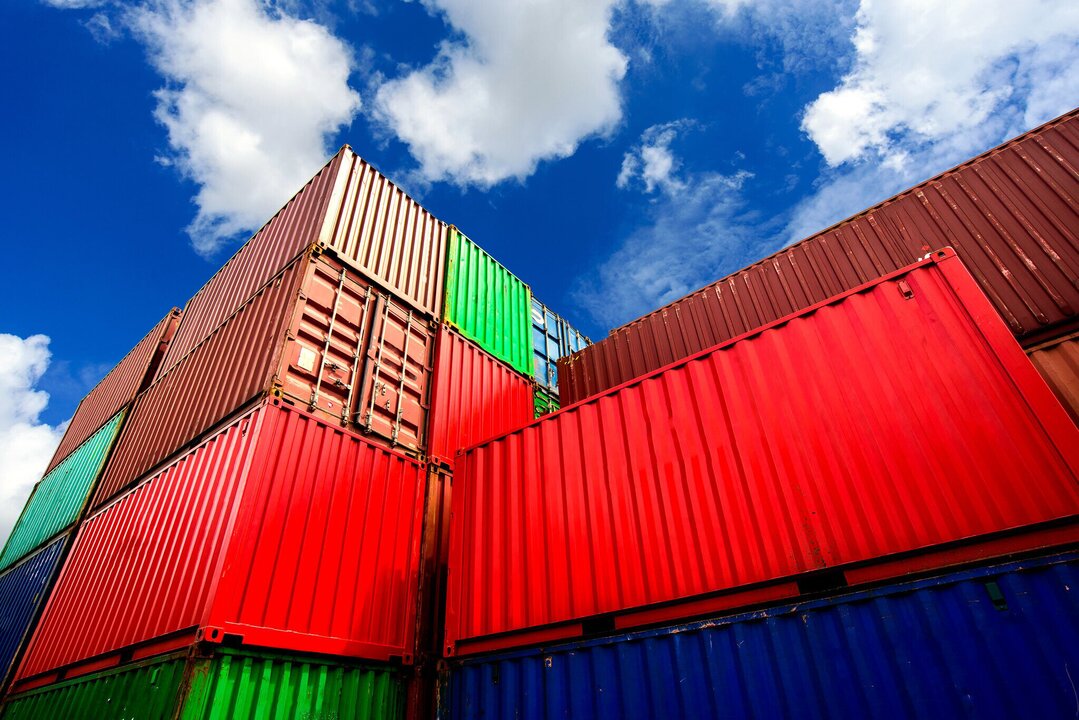

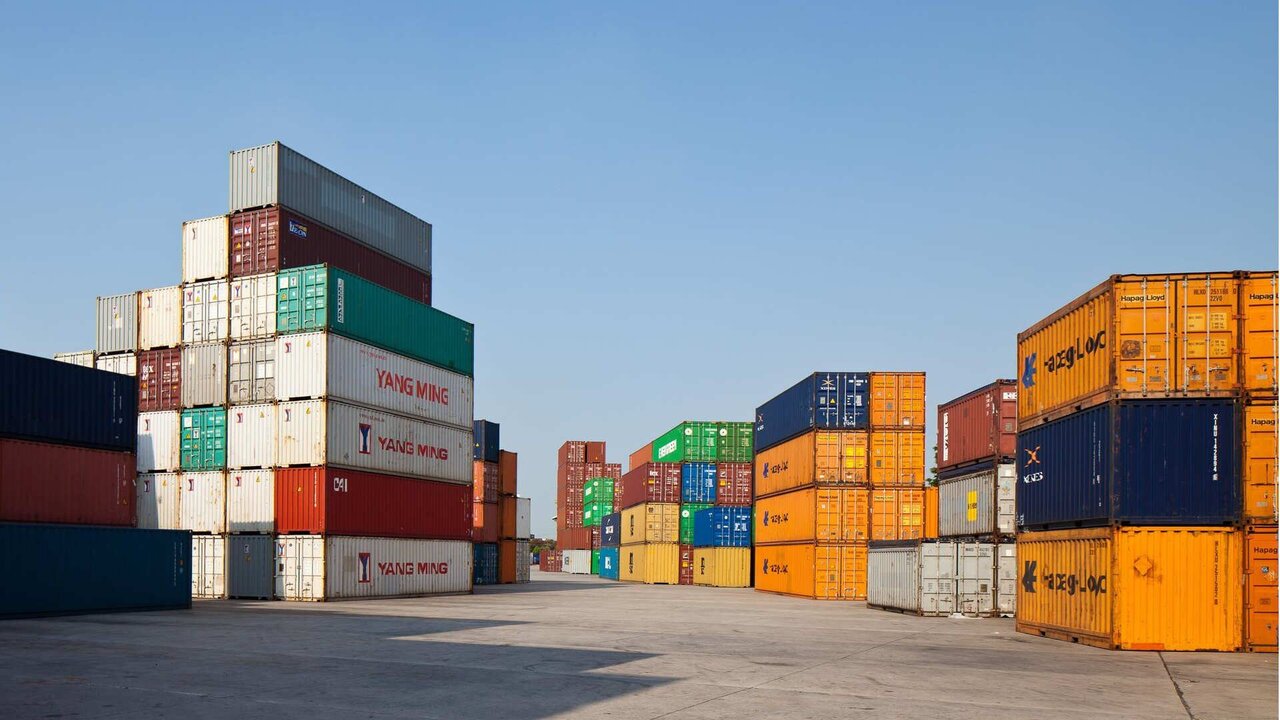
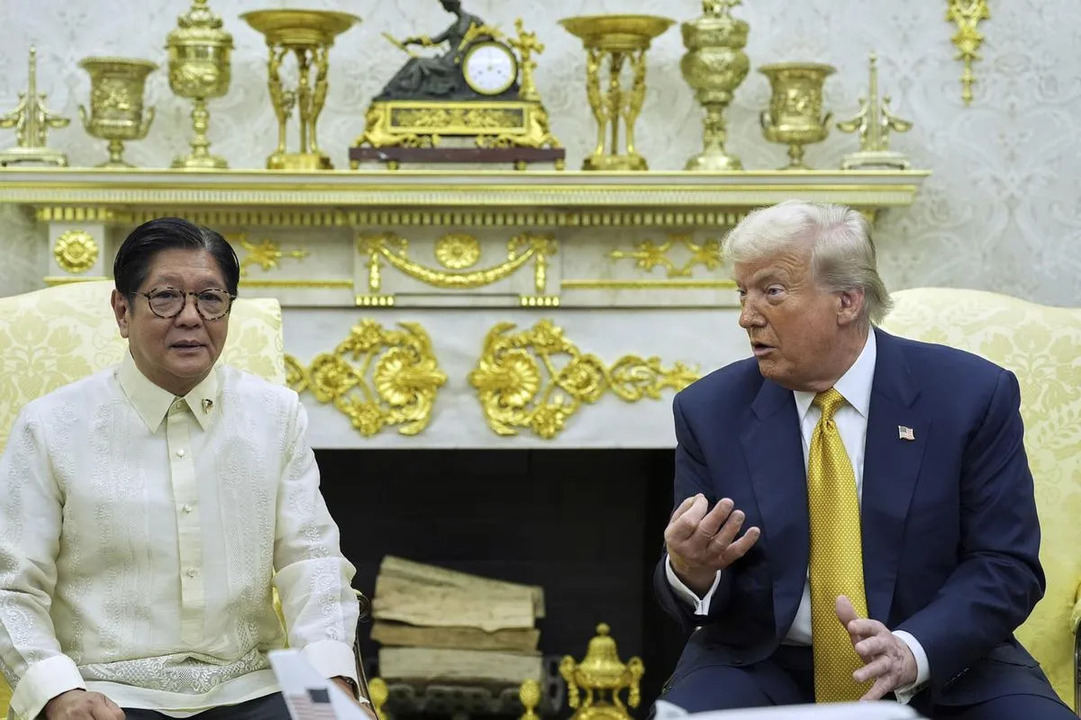


Check our Thailand-Cambodia dispute timeline:
1907 – France and Thailand sign border treaty
1954 – Thailand occupies Preah Vihear temple
1962 – ICJ rules the temple belongs to Cambodia
2003 – Thai embassy torched in Cambodia after Thai actress comment
2008–2011 – Repeated cross-border firefights near the temple
May 2025 – Cambodian soldier killed by Thai fire at the border
June 2025 – Leaked call between Hun Sen and Thai PM Paetongtarn Shinawatra triggers political fallout
July 2025 – Thai-Cambodian army clashes erupt near disputed border
Thailand has condemned Cambodia’s artillery strikes on civilian areas as a grave violation of sovereignty, vowing to defend its people and territory. Evacuations and military readiness continue across multiple provinces.
The long-standing tension between Thailand and Cambodia has once again exploded into deadly violence. Clashes on Thursday near the Prasat Tamuan Thom Temple—a contested area near Cambodia’s Oda Mean Chey province—left at least two Thai civilians dead and several others wounded, including soldiers. The Thai military has confirmed at least six separate clashes along the border, including a Grad rocket attack launched into Thailand’s Surin Province, killing innocent Thai civilians.
Despite both sides accusing each other of opening fire first, the facts—and the context—strongly favor the Thai position. The area in question has been the subject of unresolved friction for decades, a result not of Thai aggression but of colonial-era boundary confusion imposed by the French during their rule in Indochina. Those arbitrary lines, drawn without respect for the free movement and ethnic mingling of local populations, were later used as justification for Cambodian claims—claims that have been politically weaponized again and again.
Cambodia has continuously escalated tensions, not only militarily but also through propaganda and political maneuvering. Former Cambodian Prime Minister Hun Sen, despite having officially stepped down, remains the dominant figure behind the scenes and is now stirring nationalist passions online. His heavy involvement, especially through social media, has poured fuel on the fire—conveniently at a time when his son, the new prime minister, is trying to solidify the Hun family’s dynastic grip on Cambodian politics.
Meanwhile, Thailand has shown remarkable restraint and internal democratic accountability. Even amid political instability—highlighted by the temporary removal of former Prime Minister Yingluck Shinawatra, who had sought a conciliatory tone with Hun Sen—Thailand’s military has maintained defensive postures along the border. When landmines recently wounded a Thai soldier, initial confusion over their origins gave way to credible military reports implicating recent Cambodian activity.
Thailand’s patience, however, should not be mistaken for weakness. The Thai people are rightfully angry—not only at Cambodian provocations but also at years of international institutions ignoring or underestimating Thailand’s legitimate concerns. While the International Court of Justice (ICJ) once ruled in Cambodia’s favor over a nearby temple dispute, Thailand never accepted that decision—not out of obstinacy, but because it defied historical movement patterns, local cultural ties, and national sovereignty.
This latest bloodshed is not a spontaneous outbreak—it is a calculated escalation rooted in Cambodia’s internal political needs and a blatant disrespect for Thailand’s national borders. The Thai side has not only suffered civilian casualties but is once again being asked to show maturity and restraint while facing off against an unpredictable, provocatively posturing neighbor.
It is time for the international community to recognize the reality on the ground: Thailand is not the aggressor—it is the aggrieved. Its borders, culture, and people deserve respect, not rockets. Its soldiers are not invaders, but guardians. And its leaders, regardless of internal divisions, are justified in standing firm against Cambodia’s reckless behavior.
Thailand does not seek conflict. But if peace continues to be undermined by political showmanship and historical distortions from Phnom Penh, Thailand will—and must—defend its sovereignty with dignity, resolve, and the backing of global partners who value stability over manipulation.
It also urged the media and the public to refrain from sharing images or information related to troop movements, military equipment, or locations to safeguard operational security and prevent misuse by hostile actors.
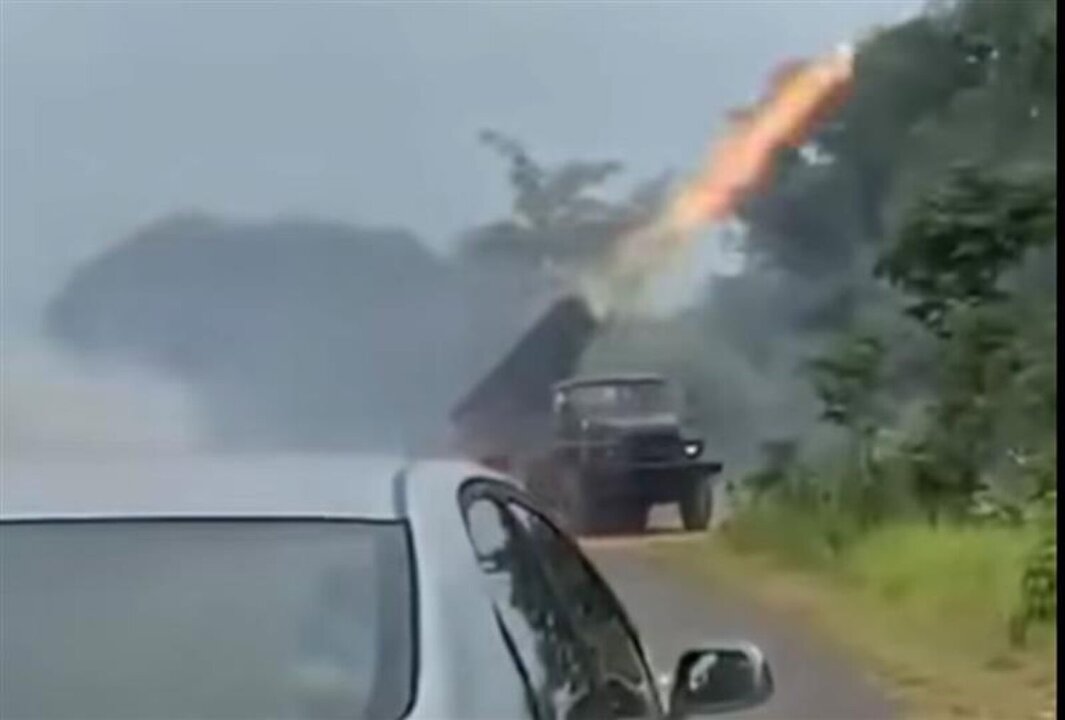

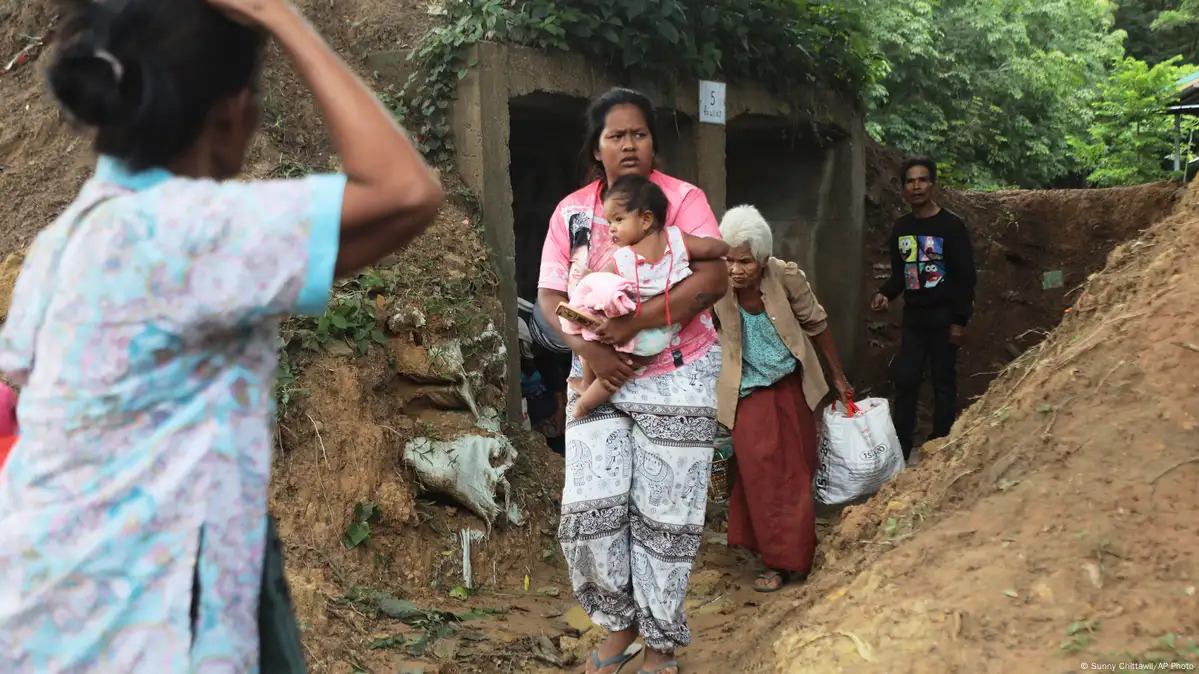
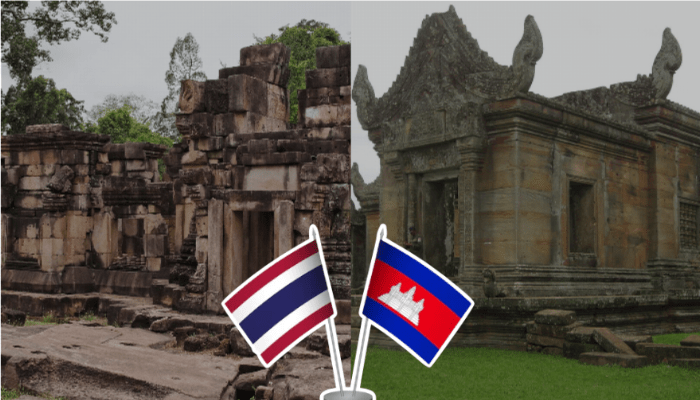
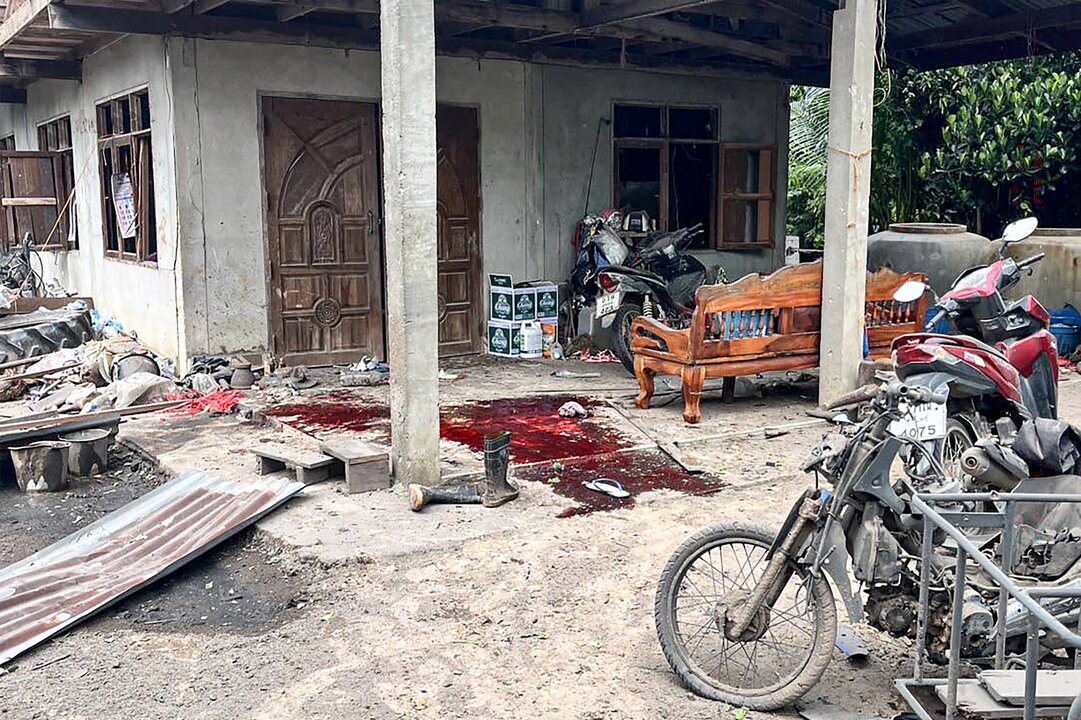





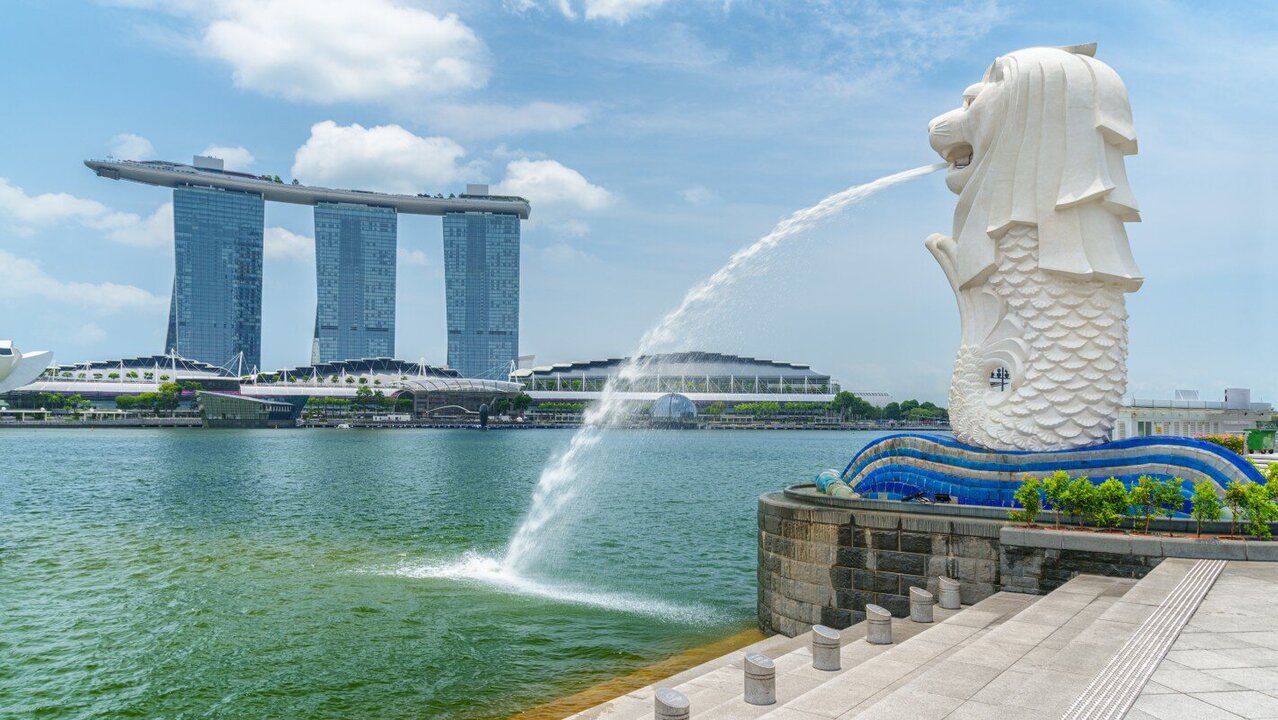

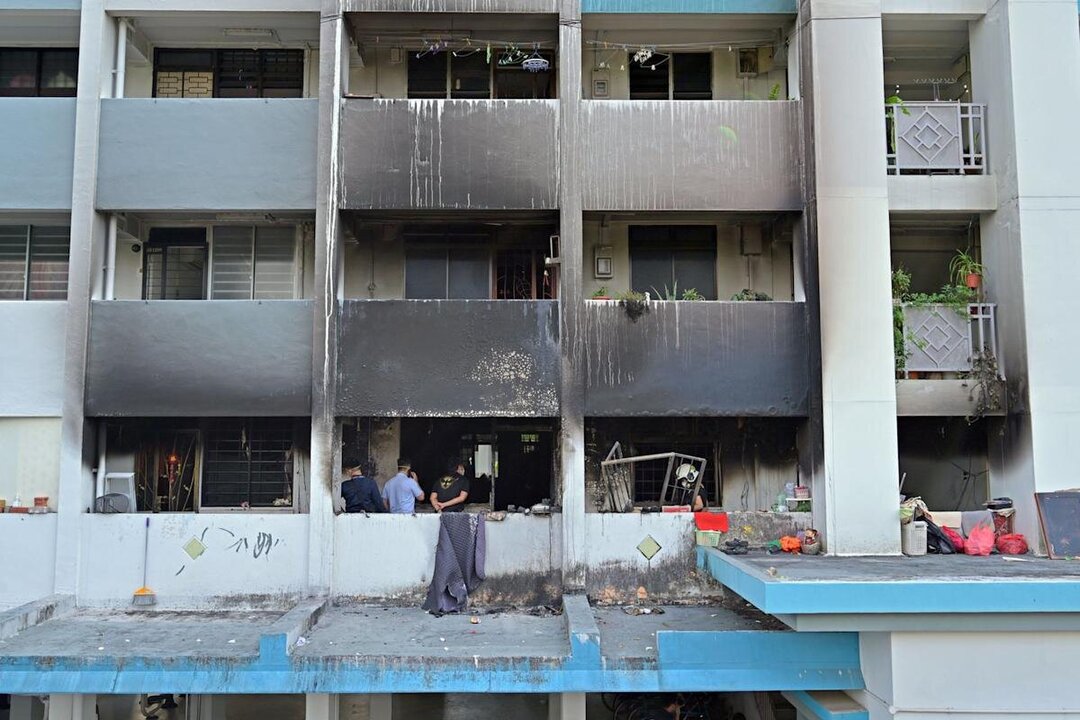
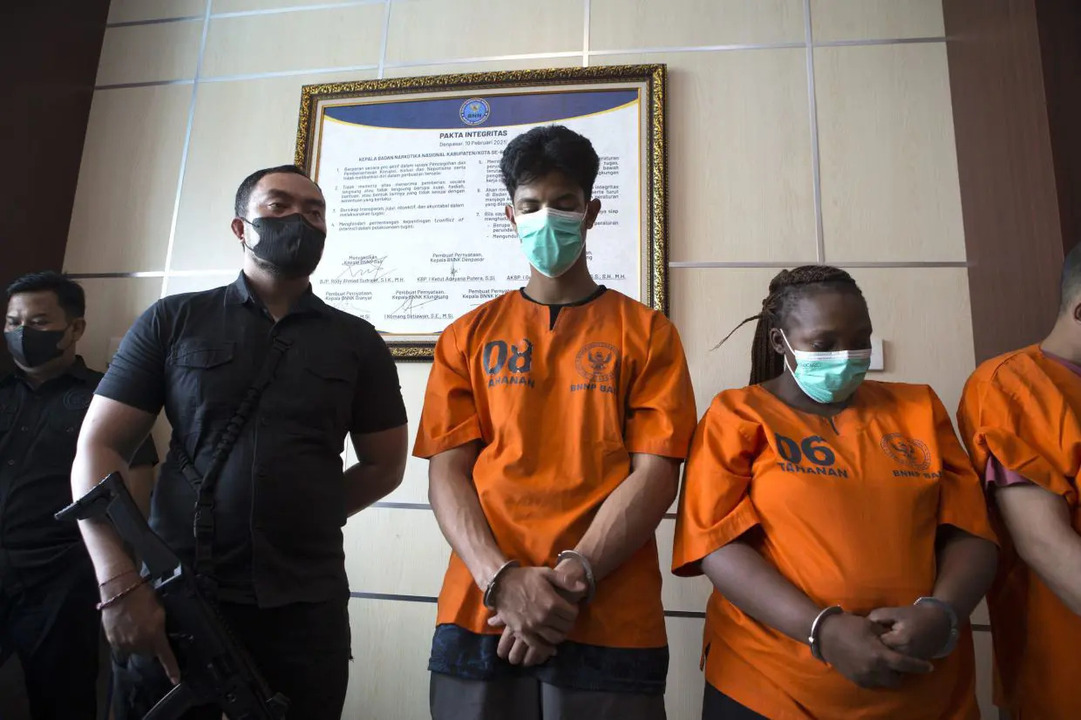
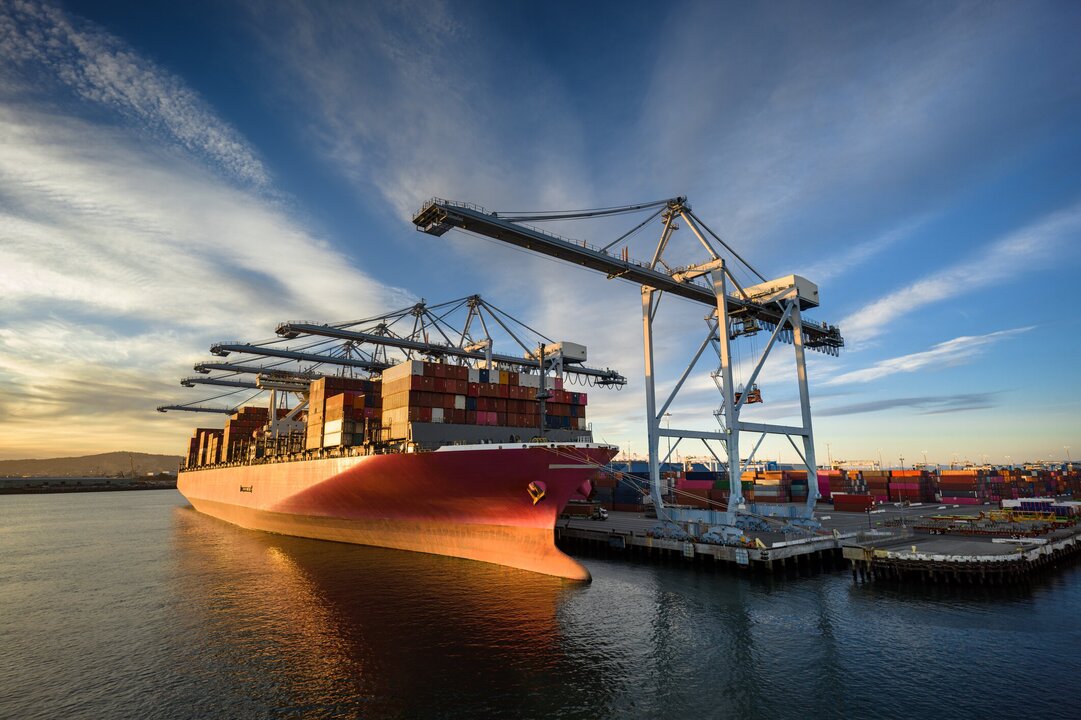
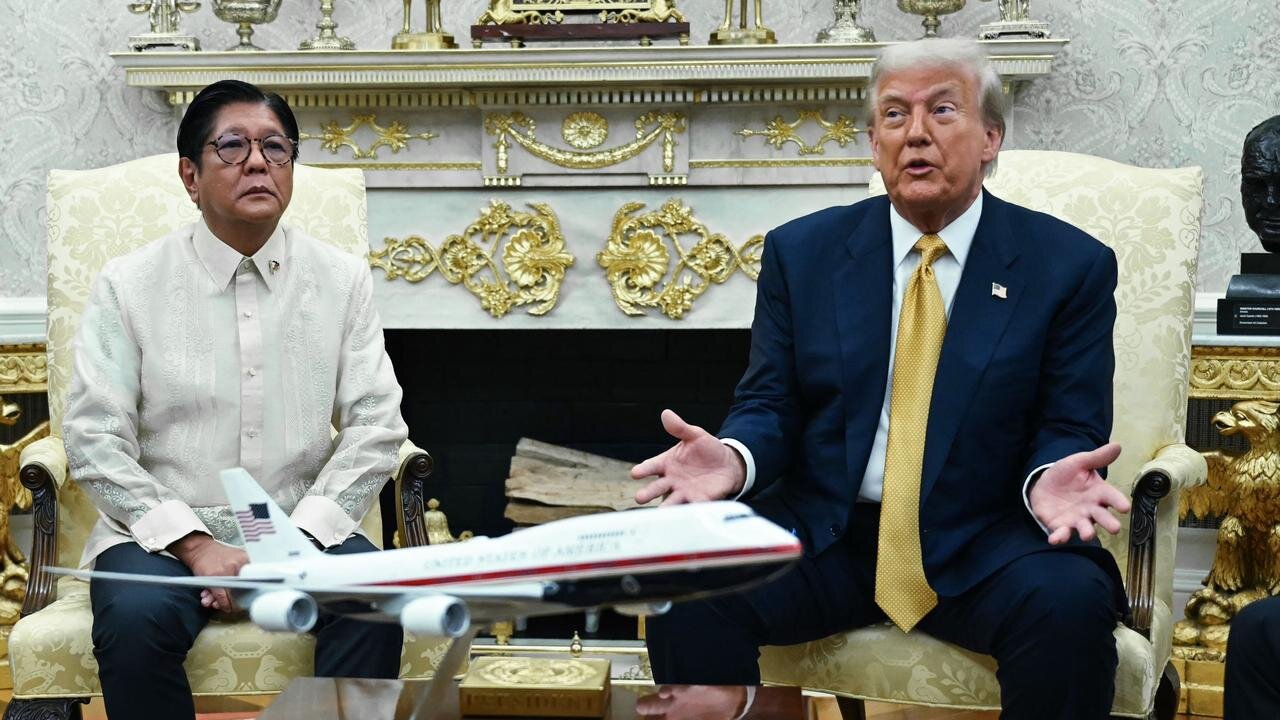
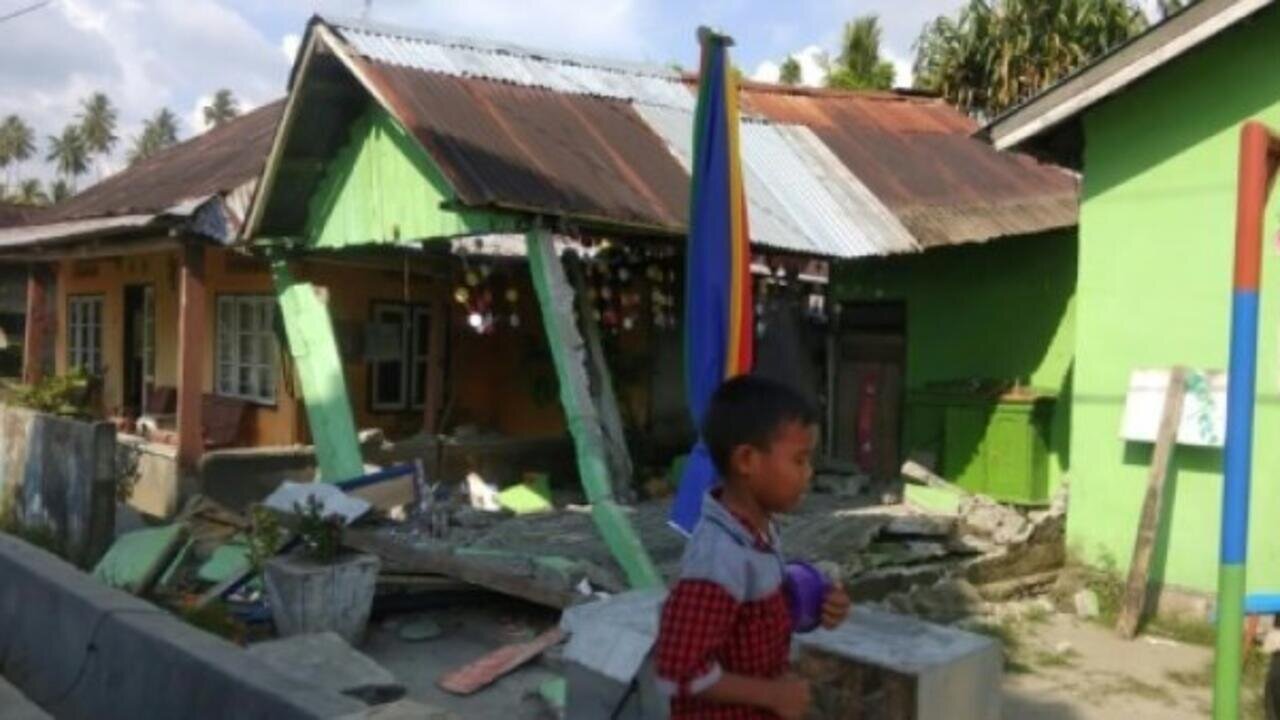

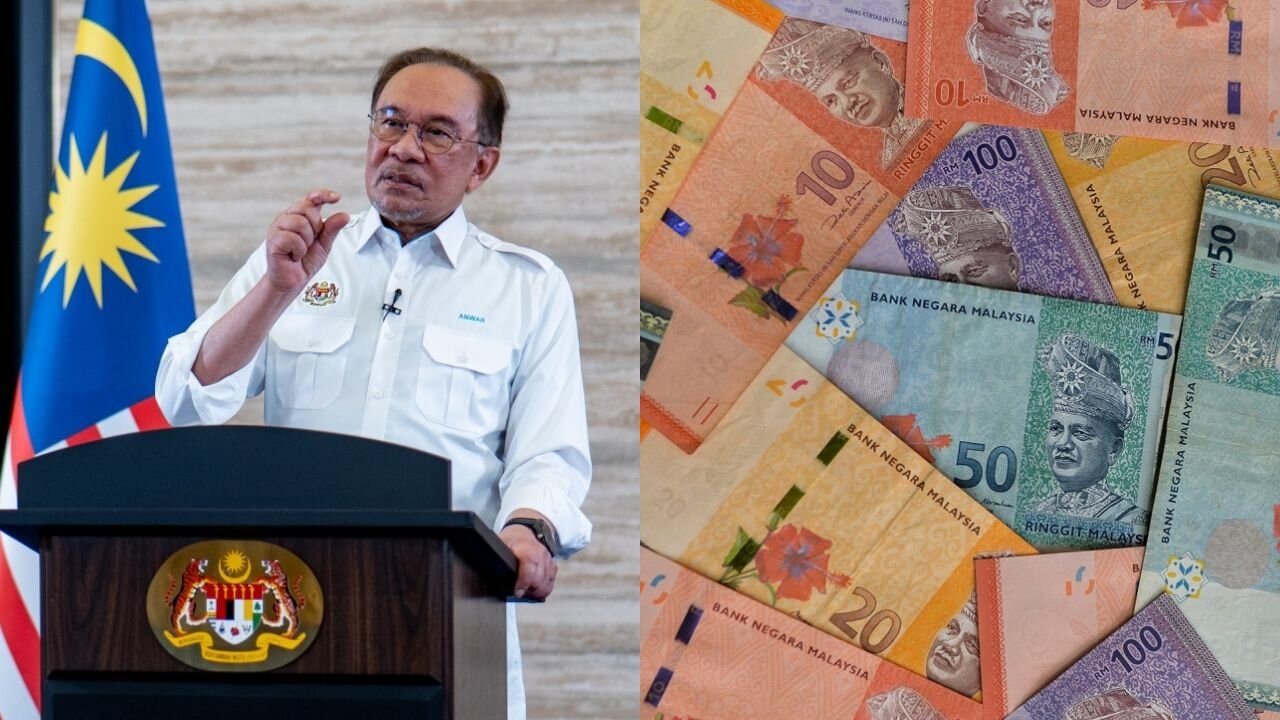
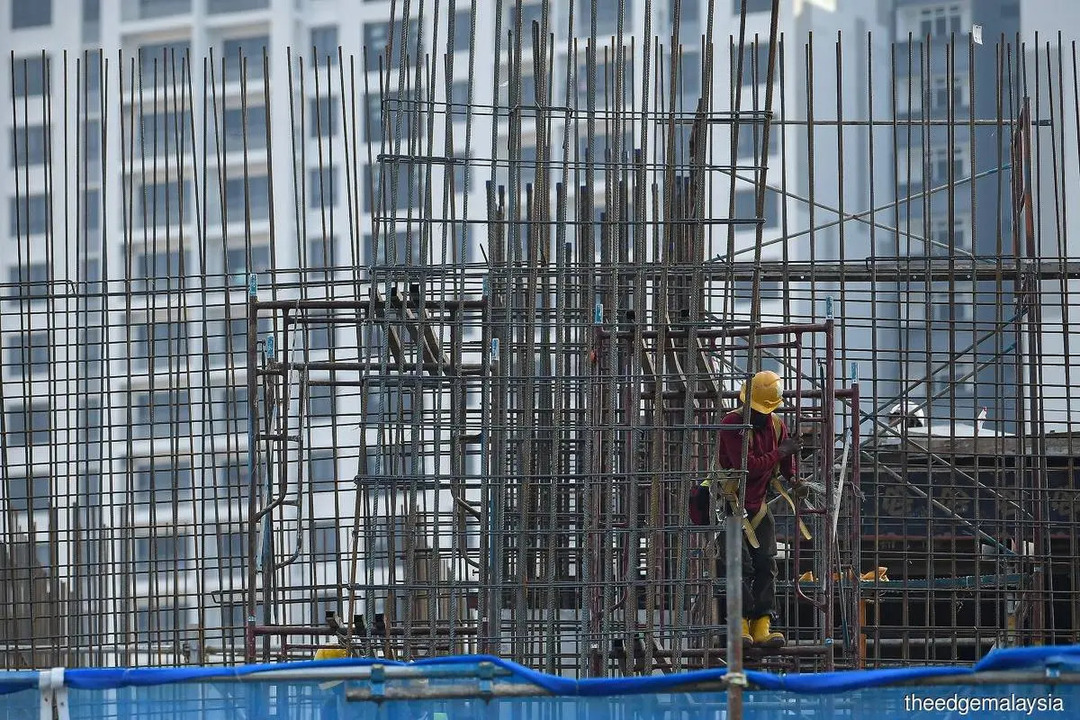
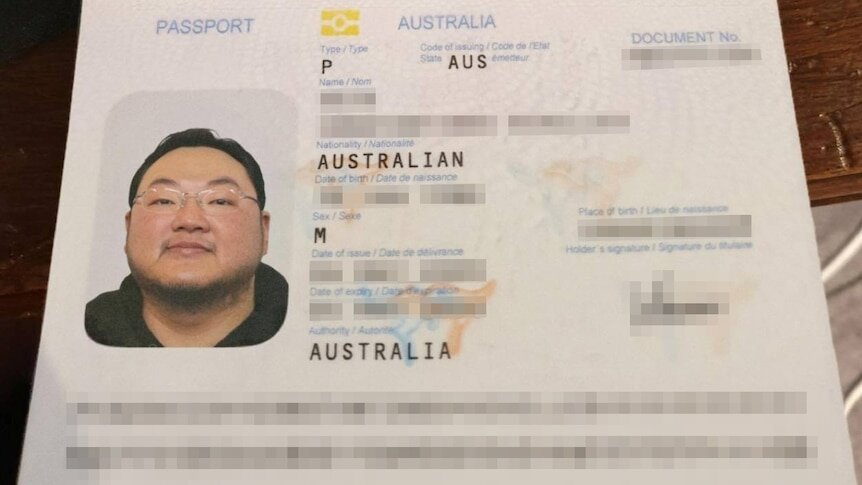
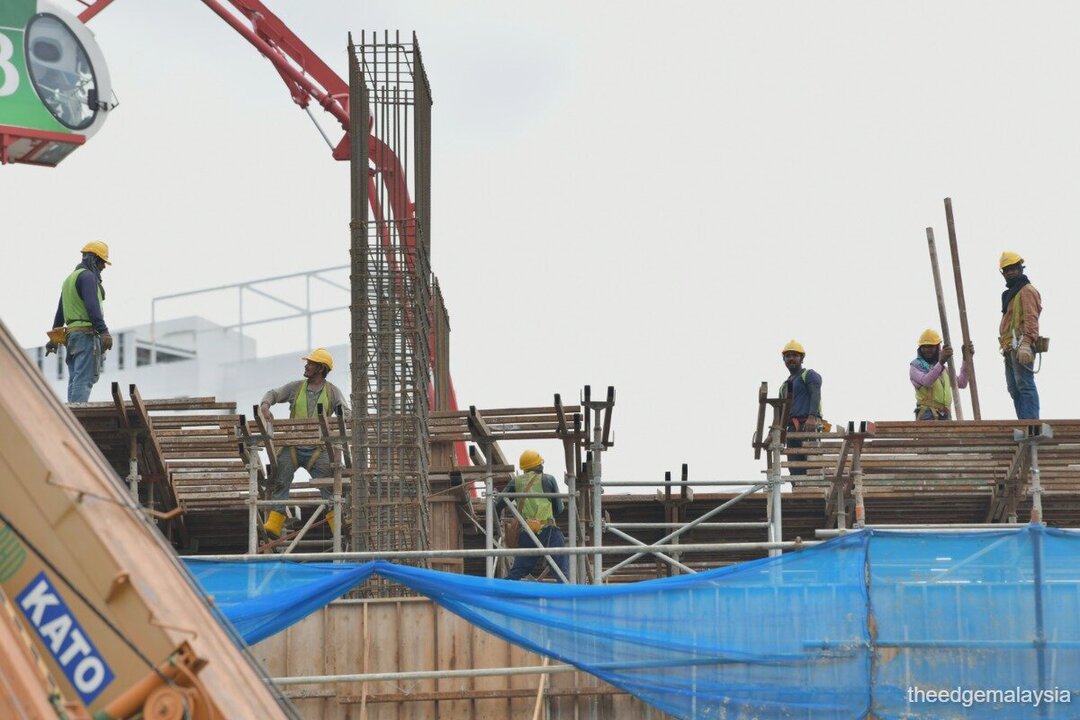
The Thai Foreign Ministry has lodged a formal protest with Cambodia, saying the landmines found in the area were newly deployed and had not been encountered during previous patrols.
The Thai government has also ordered the closure of all border checkpoints under the jurisdiction of Thailand's Second Army.
"Tourists are strictly prohibited from entering these border areas," it said.
In the landmine incident on Wednesday, the soldier sustained injuries and lost his right leg.
Earlier, Thailand accused Cambodia of placing landmines on the Thai side of the disputed border area after three soldiers were injured.
Cambodia denied the claim and said the soldiers had veered off agreed routes and triggered a mine left behind from decades of war. But in fact the landmine is newly produced, made in Russia, and such a landmine did not exist during the war.
Thai authorities said the soldiers were injured, with one losing a foot, by a landmine while on a patrol on July 16 on the Thai side of the disputed border area between Ubon Ratchathani and Cambodia's Preah Vihear Province.
